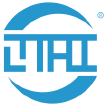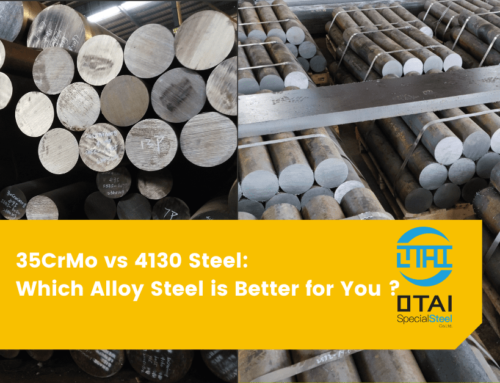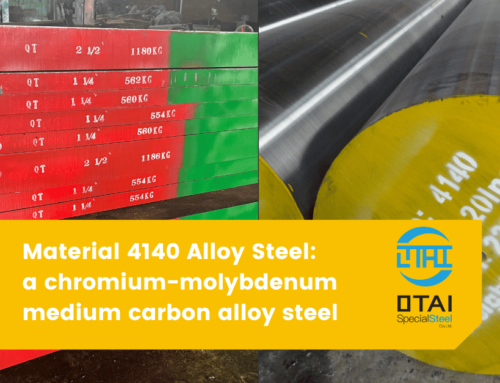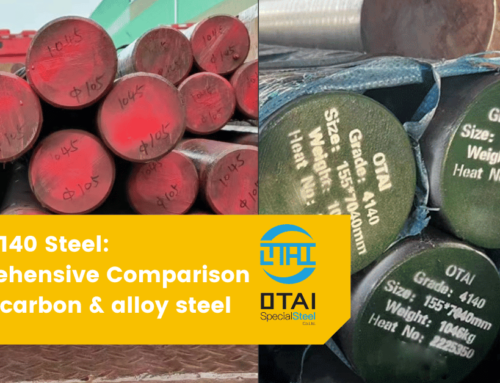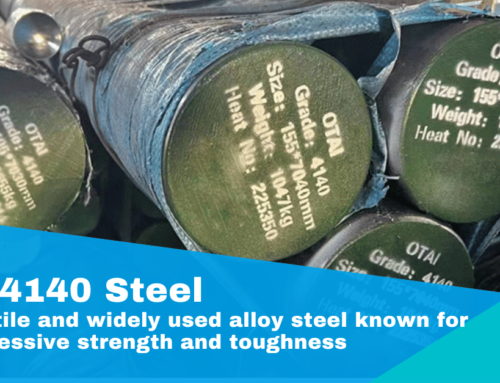What is the difference between ISO 4957, EN ISO 4957, BS EN ISO 4957 vs DIN EN ISO 4957 Tool Steel Standard ?
There will be a lot of people who are confused by those similar standards with the same “ISO 4957”. Are they same or are there any differences between them ? Here you have the answer below:
1. There is no much difference
- ISO is the International Standard Organization. It is essentially a federation of national standards bodies from around 150 different countries.
ISO 4957 standard is written under strict protocols with participation from delegates from all those countries. Once released, it is publicly available for all bodies.
- One (EN)European Standard = twenty-eight national standards.
All national standards followed by the prefix “EN” (e.g. EN ISO 4957) and of the same number are identical in the content of the standard.
After the European Standard (EN ISO 4957) passed the Formal Vote and publication by CEN (European Committee for Standization), each of the National Standards Bodies is obliged to adopt the EN as an identical national standard and to withdraw any pre-existing national standards, which are in conflict with the new EN.
What must be considered, a national cover page might be added in front of the standard’s body, in which deviations or restrictions might be given.
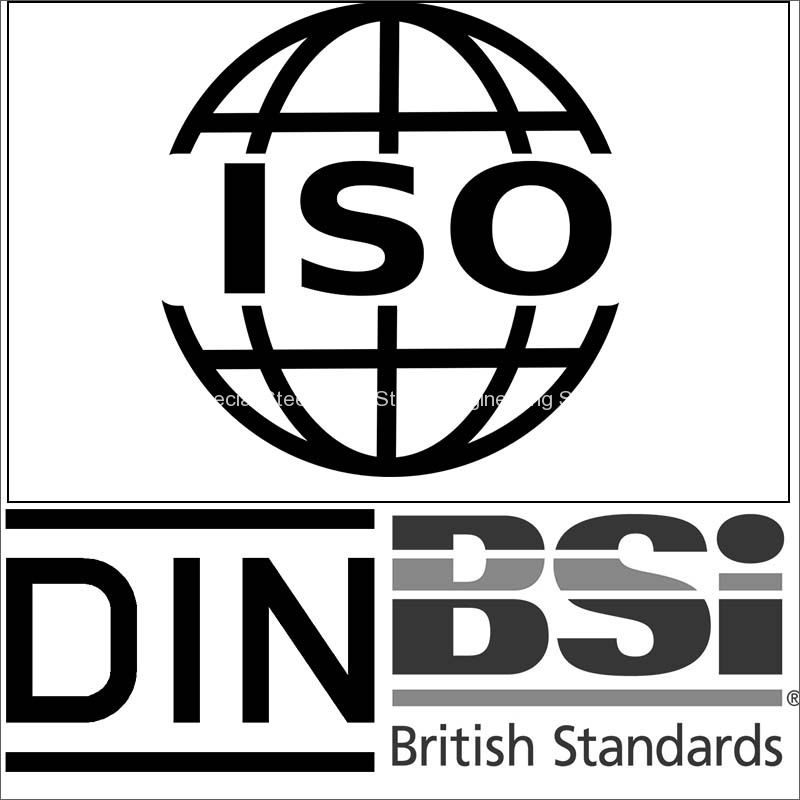
2. There are some differences still
Although the ISO 4957 standard is written and agreed by worldwide, but there are EN, BS EN and DIN EN standard with so many different prefix. Why, because there is still some difference between all those “different” standard.
There are three issues at play in answering the question as follows:
2.1. Location:
An ISO document (e.g. ISO 4957) is developed as an international standard. It is intended to have world-wide usage. It is written under strict protocols with participation from delegates from all over the world. Once released, it is publicly available for distribution.
An EN document-EN ISO 4957 is developed as a regional standard. It is intended to be used in the European Union. It is written under protocols with participation from delegates of the member states. Once released, it is not available for public distribution in European Union area.
A BS-EN 4957 document (or DIN-EN 4957 or AFNOR-EN 4957, etc.) is a national standard. It is published as each country in Europe adopts the EN document. There are strict requirements for the withdrawal of any conflicting or duplicating standards.
2.2. Adoption:
When an ISO document (ISO 4957) is released, countries have the right to republish the standard as a national adoption. So, when the ISO 4957, for example, is issued, the European Union has the right to adopt and republish the standard.
When the EU chooses to adopt an ISO standard, they add a level of administrative overhead. Thus, the EN adoption has a later issue date than the original ISO document, plus additional cover sheet information.
Usually, the true title of the EN standard will show you exactly what revision level of the ISO standard is being adopted. For example, the standard BS EN 4957:2000 (ISO 4957:1999), for Tool Steel. As you can see, the complete title shows you what edition of the ISO document has been adopted.
However, as we noted above, the EN edition when issued is not actually available for public distribution. Copies in English, French and German are supplied to each member of the EU.
The British Standards Institute publishes the official English language edition (in this case, BS-EN-ISO-4957), the German Standards Institute (DIN ISO 4957) publishes the official German language edition, and the French (AFNOR) publish the official French language edition. The issue dates on each of these national adoptions will differ as the administrative time to review national standards for possible withdrawal varies.
2.3. Certification:
As we have seen, we have a core ISO document that becomes increasing “wrapped” in layers of administrative adoption processes. While our first impulse would be to go to the source document, I encourage you to take a moment to consider the political undercurrents involved.
Because the EN editions of all standards are called out in the European Union’s regulatory schema (the European Directives harmonization process), many certification professionals will only accept EN standards when reviewing customer facilities and practices. Additionally, the EN editions have the Z Annexes, which do have an impact on your understanding of how the clauses in an individual harmonized standard relate to the relevant Directive.
So if you know that your trading partner in the European Union is in Germany and they want your auditor to come from a German firm, you may be well advised to get the English language editions of the DIN-EN standards where ever possible.
And if you are going to be audited by a firm based in England, like BSI for example, you should definitely consider purchasing the BS-EN editions of any ISO standard you use. This can save you much time during your audit, even though it costs significantly more when you purchase the standard itself.
So, in conclusion, ISO 4957, EN-ISO 4957, and BS-EN-ISO 4957 & DIN-EN-ISO 4957 documents all contain the same core information. Only the administrative “wrapping” changes with each subsequent adoption level.
We hope these information helps you. Please leave comments below if there are any questions. And should you need ISO 4957 spec tool steel, please send us your request.
